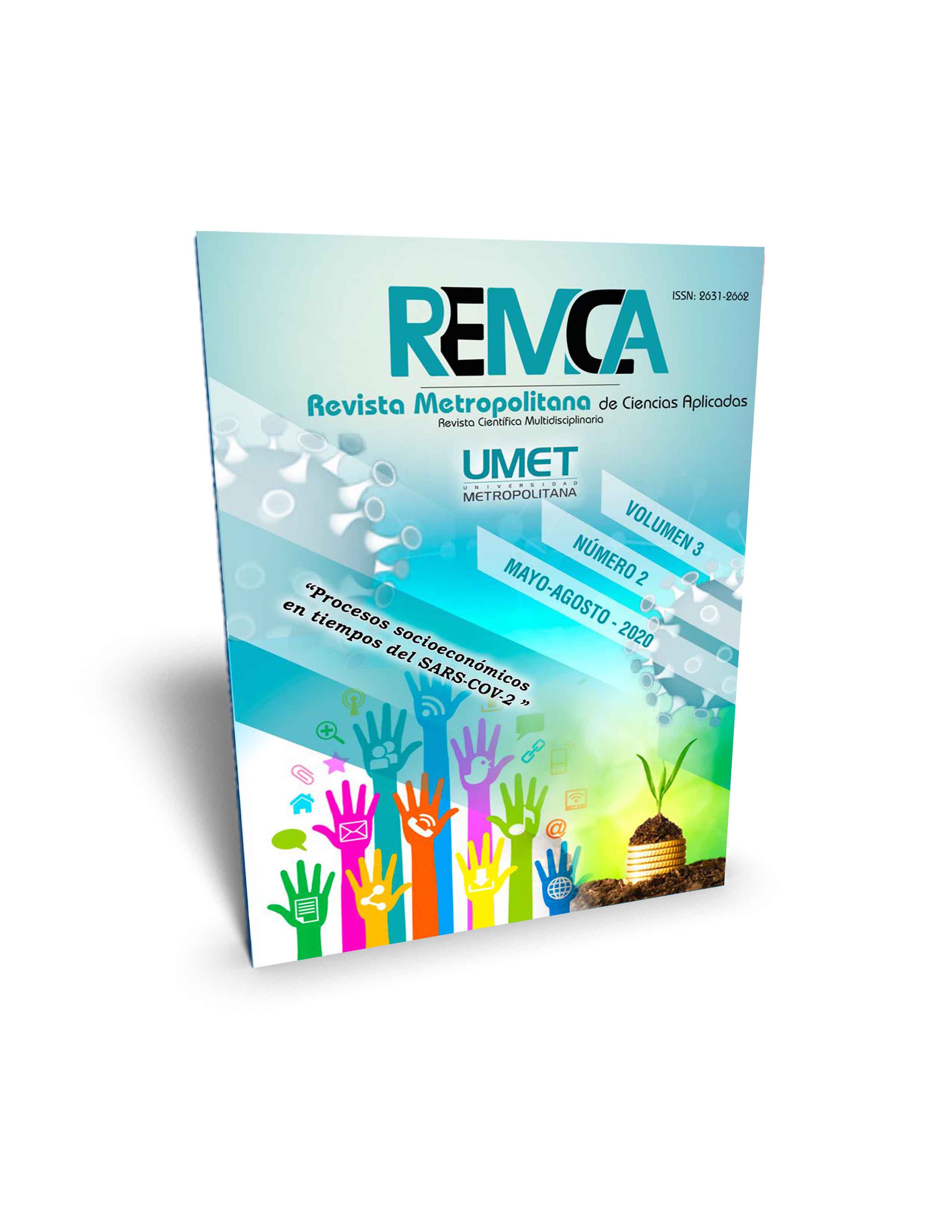A critic perspective about growth models: exogenous and endogenous AK
DOI:
https://doi.org/10.62452/exn5c287Keywords:
Economic growth, endogenous theory, AK model, economic policyAbstract
In the last thirty years, the economic growth has been analyzed under endogenous theory. The economic growth policy proposals are based on this classical postulates and conclusions. The main goal of this study is valuing above a critic perspective the basis of AK model (its name because A represents a constant and positive variation in capital K) and the exogenous prototype model in order to analyze growth models. According to this bibliographic revision, it is used a documental empiric method through a critic consultancy of classic models about endogenous growth They show that any economy can maintain positive growth rates per capita over longer periods of time. The main results evidence a possibility to employ short term economic policies to influence on growth rates in long term economy. Nevertheless, it implies several assumptions in order to reveal successful experiences around the world.
Downloads
References
Agénor, P., & Montiel, P. (2008). Development macroeconomics. Princeton University Press.
Aghion, P., & Howitt, P. (2009). The economics of growth. Massachusetts Institute of Technology.
Barnett, R. (2005). Coordinating macroeconomic policy in a simple AK growth model. Journal of Macroeconomics, 27(4), 621-647.
Barro, R., & Sala-i-Martin, X. (2009). Crecimiento económico. Reverté.
Benhabib, J., & Spiegel, M. (1994). The role of human capital in economic development. Evidence from aggregate cross-country data. Journal of Monetary Economics, 34(2), 143-173.
Boucekkine, R., Camacho, C., & Fabbri, G. (2013). Spatial dynamics and convergence: The spatial AK model. Journey of Economic Theory, 148(6), 2719-2736.
Corbo, V., & Vergara, R. (1992). Los determinantes del crecimiento económico: Introducción. Cuadernos de Economía, 29(87), 165-169.
Easterly, W. (1992). How much does policy affect growth? Cuadernos de Economía, 29(87), 171-186.
Fischer, S. (1992). Macroeconomic stability and growth. Cuadernos de Economía, 29(87), 171-186.
Hulten, C., & Isaksson, A. (2007). Why development levels differ: The sources of differential economic growth in a panel of high and low income countries. National Bureau of Economic Research, NBER Working Paper 13469.
Lucas, R. (1988). On the mechanics of economic development. Journal of Monetary Economics, 22(1), 3-42.
Marín, A., & Hurtado, Á. (2007). Productividad y crecimiento económico. Colombia 1950-2002. Ecos de Economía, 11(24), 66-80.
Romer, P. (1994). The origins of endogenous growth. Journal of Economic Perspectives, 8(1), 3-22.
Sequeira, T., Gil, P., & Afoso, O. (2018). Endogenous growth and entropy. Journal of Economic Behavior and Organization, 154, 100-120.
Solow, R. (1956). A contribution to the theory of economic growth. The Quarterly Journal of Economics, 70(1), 65-94.
Vergara, R. (1991). Nuevos modelos de crecimiento: Una revisión de la literatura y algunos elementos para una estrategia de desarrollo. Estudios Públicos, 43, 245-279.
Weil, D. (2006). Crecimiento Económico. Pearson Educación.
Wang, Y., Zhu, X., Zhang, T. S., Bano, S., Pan, H. Y., Qi, L. F., Zhang, Z. T., & Yuan, Y. P. (2018). A new endogenous growth model for green low-carbon and its comprehensive effects. Applied Energy, 230, 1332-1346.
Downloads
Published
Issue
Section
License
Copyright (c) 2020 Ronny Alexander Farinango Salazar, Valeria Elizabeth Banderas Benítez, Karen Michel Serrano Orellana, Karina Katiuska Sotomayor Cabrera (Autor/a)

This work is licensed under a Creative Commons Attribution-NonCommercial-ShareAlike 4.0 International License.
Authors who publish in Revista Metropolitana de Ciencias Aplicadas (REMCA), agree to the following terms:
1. Copyright
Authors retain unrestricted copyright to their work. Authors grant the journal the right of first publication. To this end, they assign the journal non-exclusive exploitation rights (reproduction, distribution, public communication, and transformation). Authors may enter into additional agreements for the non-exclusive distribution of the version of the work published in the journal, provided that acknowledgment of its initial publication in this journal is given.
© The authors.
2. License
The articles are published in the journal under the Creative Commons Attribution-NonCommercial-ShareAlike 4.0 International License (CC BY-NC-SA 4.0). The terms can be found at: https://creativecommons.org/licenses/by-nc-sa/4.0/deed.en
This license allows:
- Sharing: Copying and redistributing the material in any medium or format.
- Adapting: Remixing, transforming, and building upon the material.
Under the following terms:
- Attribution: You must give appropriate credit, provide a link to the license, and indicate if any changes were made. You may do this in any reasonable manner, but not in any way that suggests the licensor endorses or sponsors your use.
- NonCommercial: You may not use the material for commercial purposes.
- ShareAlike: If you remix, transform, or build upon the material, you must distribute your creation under the same license as the original work.
There are no additional restrictions. You may not apply legal terms or technological measures that legally restrict others from doing anything the license permits.




